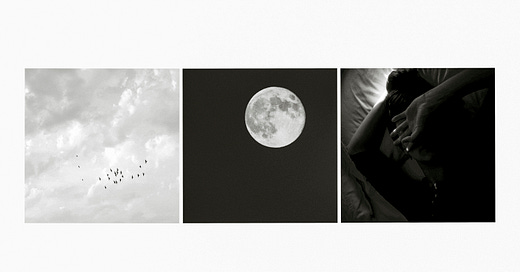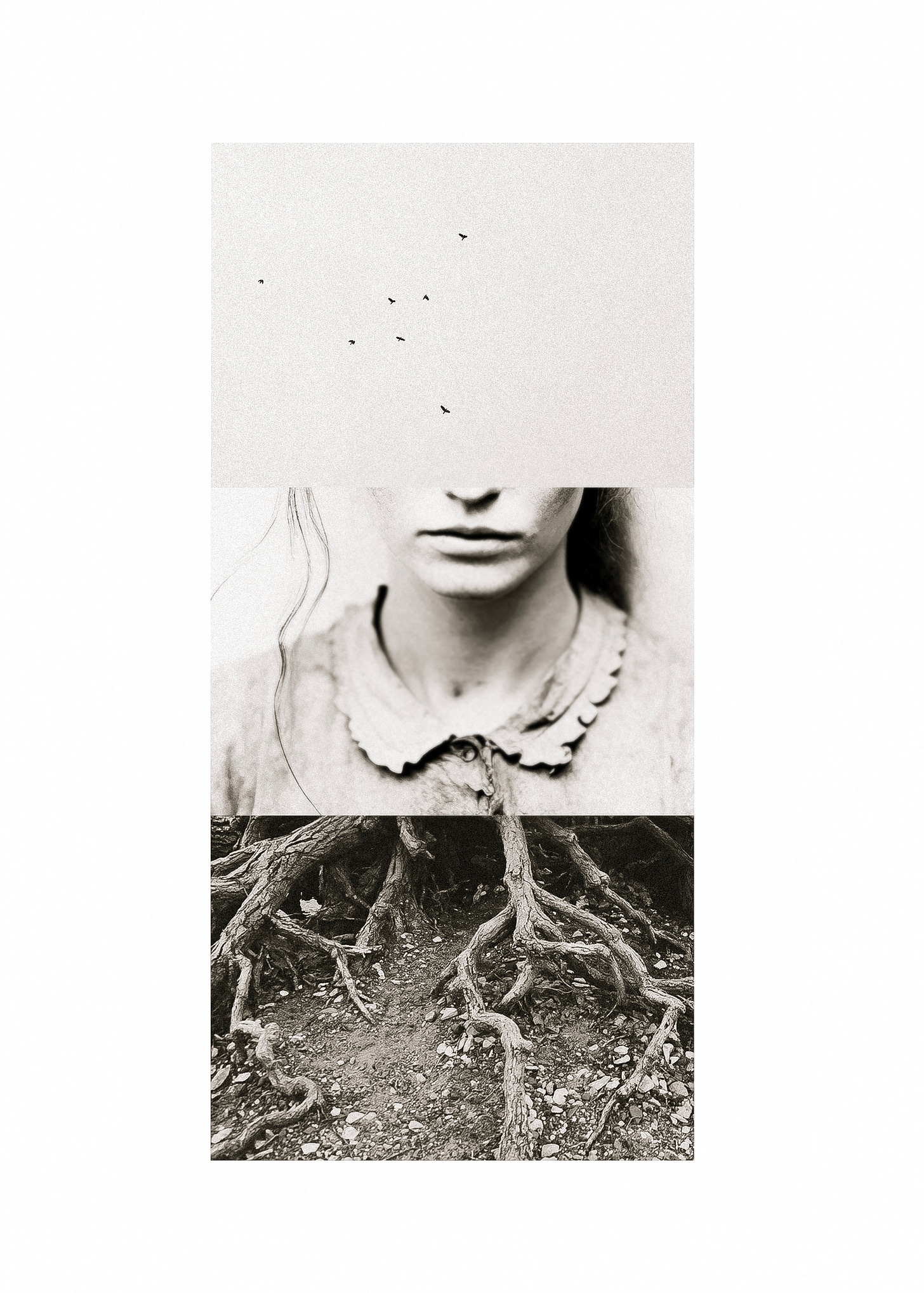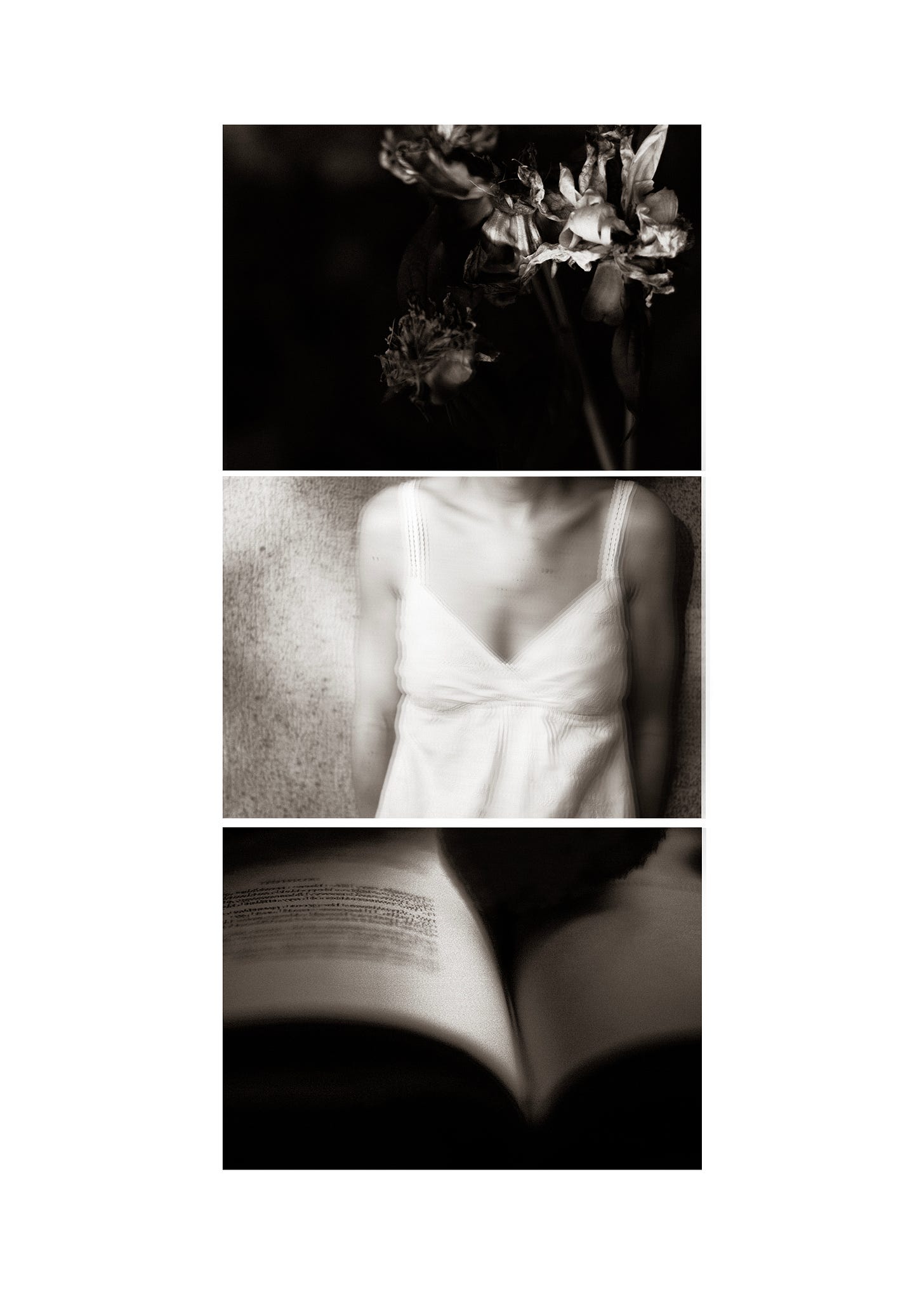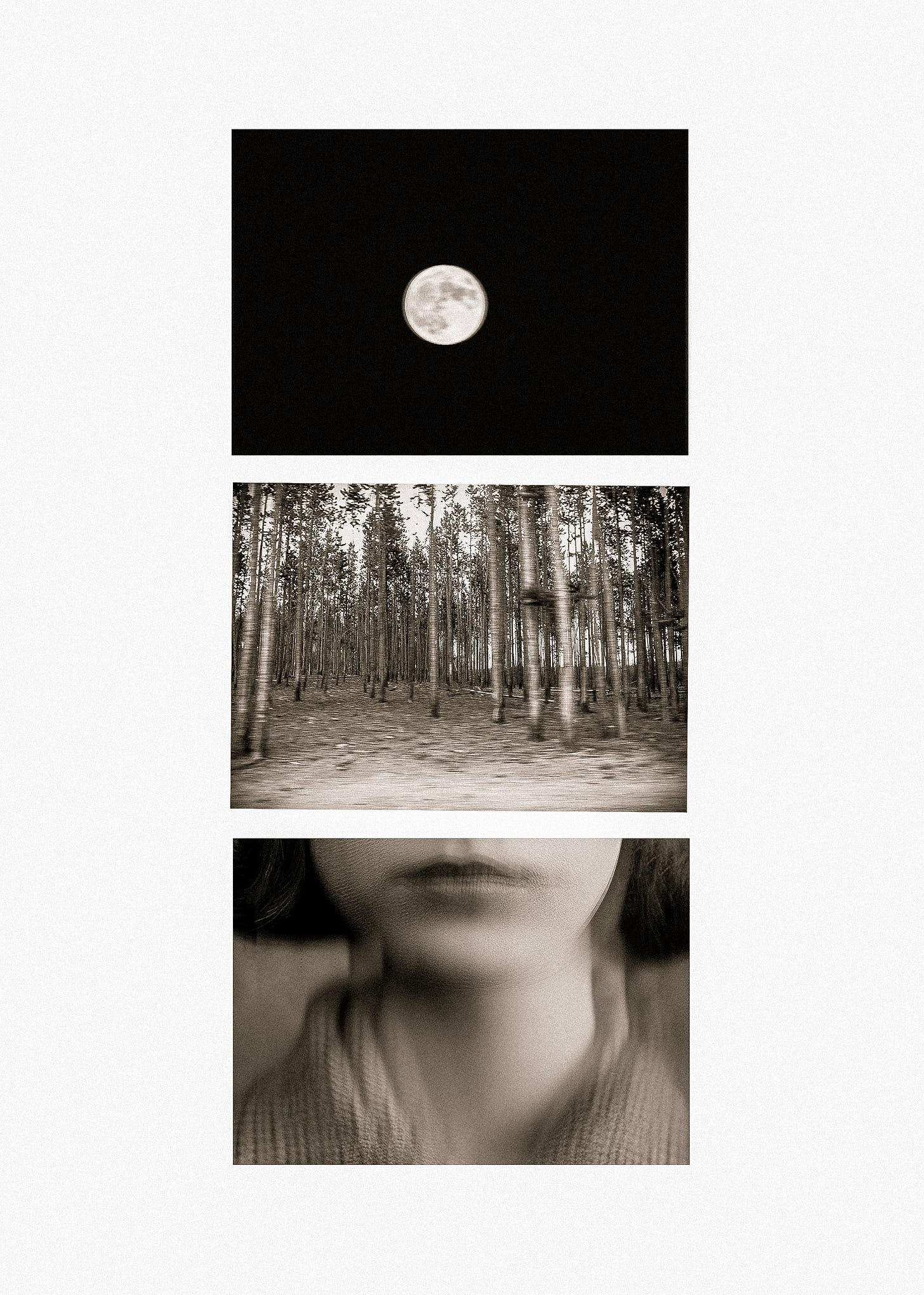In one of my newsletters from last year, I shared my love for creating diptychs, which is the pairing of two photographs to create a new image. I have created many diptychs over the years and created three photography series consisting entirely of them. During the past year or two, I have started to experiment with combining more than two images, from triptychs, to quadriptychs, and beyond. I can say that creating triptychs is quite a bit more challenging than creating diptychs, but I am in love with the process of putting images together to share a fresh story or perspective, give each image a new meaning, or evoke a specific mood.
What I love the most about the process is the fact that I often use old images from my archives, images I didn’t think turned out well or thought of as a bit boring. As photographers, we all have those piles or folders of many images in our archives that the world has never seen. Our websites and social media accounts often only show the best of the best, of course.
But it is precisely the images hidden on our hard drives and those that have nearly been forgotten that lend themselves to the process of diptych or triptych creation.
The one question I get asked the most is, “How do I know which images work together?” I could say that the answer is simple: play, experiment, practice, and have patience, which is certainly a big part of it. But, I admit, without some direction, examples and tips, the process of finding images can take a long time and eventually lead to more frustration than necessary.
In this post, I want to share my three main tips for creating triptychs and for developing your own vision.
Pay attention
As you are looking through your archives or walking around with your camera to take new images, pay attention to visual synergies that make your images stronger together. Often it is the simple and mundane we see all around us that can build a solid foundation for a strong triptych. In the image below, for example, it is the shadow of a tree on the wall, a somewhat interesting looking part of a branch, and body part or partial portrait.
For three images to become one, I am searching for a connection. Often, the connection is merely visual as I discover, as you can see in this example, similar shapes, lines or patterns. Other times, I can see a common theme, or observations and different perspectives of the same subject matter.
And lastly, every so often I discover in my images a metaphorical connection, a story that seems to unfold in front of my eyes, a story that only I might see at first and could be up for interpretation for the viewer, but nonetheless is a connection that somehow works together. This often comes to me intuitively when I experiment with different image combinations by rotating them, changing the order or the direction (horizontal, vertical). The meaning can be simple as in this image below. I initially combined the partial portrait with an image of roots and created the visual connection, but I also wanted to emphasize rootedness, strength and being grounded. I then added the birds image on top to represent simplicity in life, a life free of clutter, a brain free of clutter. Birds in general symbolize freedom to me, so this minimal image seemed to be a perfect addition.
Create a large canvas and use white space.
When combining your images in PS, work with a large, white canvas and layer your images on top of that canvas. Giving yourself the space to change the order, direction, and size of the images can help hugely in discovering the connection needed to make three images work together. In other words, take time to experiment with the size of the images, with withe space around them, with white space in between them, and even with overlapping images. You can have three images of the same size, you can have three images with three different sizes, or you can have one “anchor” image with two smaller images on each side, or above and below.
My decision to use white space in between is quite intuitive, sometimes it is obvious to me, but mostly, I will try both options, leaving no space in between or some white space in between each image. I then compare and decide which one I like better or makes more sense to me.
Study other photographers who create triptychs
This is a very important aspect of learning. We take inspiration from other artists; we learn from each other. Pick photographers whose work speaks to you, study their images, search for the visual synergies, where and how they position each image and where the commonality lies. Take inspiration and then practice and try different options, experiment and play, and try again. This is how you develop your own vision.
All images shared here are mine, but here is a list of some of my favorite contemporary photographers who create triptychs. I discovered most of them through Instagram.
There is a lot more I could say about creating triptychs, but I think this is a good start. Of course, you don’t need PS to create triptychs. In fact, using prints is one of my favorite ways and opens up a whole new set of possibilities and endless creative options. The principles I shared here are the same.
Items of Note:
Our “Creative Hour”, a Zoom gathering for paid subscribers where we share and discuss work, give and receive feedback, and discuss themes around art and creativity, is scheduled for this coming Saturday, January 18, 11 am CST. Bring work to share!
This month I would also love to discuss the following question: What is the purpose of art in a world that is so full of pain and suffering?
I will send out a Zoom link the day before our session.
Upcoming Classes this winter and spring:
Thank you for reading! Your support means so much.
Feel free to share your thoughts in the comments or ask questions about anything I shared today.
You can also support me by sharing this post with others who might enjoy it. Thank you!












I wondered if you have come across Jaume Llorens, who creates striking diptychs, also black and white, which seems so well suited to combining images. https://www.jllorens.com/
Thank you so much❤️! Your images are so poetic and deep. I also enjoy your writing so much!